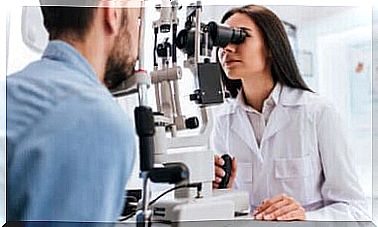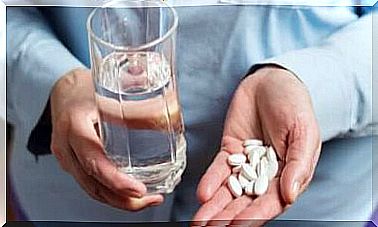Amlodipine: Precautions And Side Effects
In patients with high blood pressure, the daily administration of amlodipine is very efficient. Find out more about this medicine today.

Amlodipine is a drug that is used in the treatment of high blood pressure and angina. This medication can be taken alone or in combination with other substances. Learn more about how it works, precautions, and side effects today.
Interesting facts about blood pressure
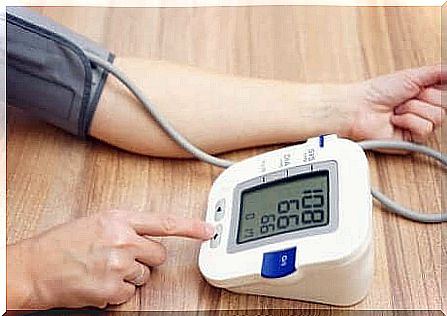
Blood pressure is the pressure the heart exerts on the arteries to move the blood. The values are variable, so there can be great differences for the same person during the day.
The maximum or systolic pressure measures the force of the blood in the arteries as the heart contracts. The minimum or diastolic pressure, on the other hand, measures the force of the blood when the heart is relaxed. One speaks of high blood pressure when the values are elevated over a longer period of time, that is, when they exceed 140/90 mmHg.
If left untreated, high blood pressure can cause serious damage to the brain, heart, blood vessels, kidneys, and other areas of the body. This could lead to a heart attack, kidney or heart failure, among other things.
How does amlodipine work?
Amlodipine belongs to the group of antihypertensive drugs that block the calcium channels. This reduces the influx of calcium into the smooth cardiovascular muscle cells. As a result, blood pressure can be lowered as the blood vessels relax. This allows the heart to work more efficiently.
On the other hand, amlodipine also has a vasodilating effect on the arteries and coronary arterioles. For this reason, the oxygen supply to the myocardium increases in patients with cardiac artery spasms, such as those that occur in angina pectoris.
In people with high blood pressure, the daily administration of amlodipine can significantly reduce the values .
Ingestion, Dosage, and Precautions
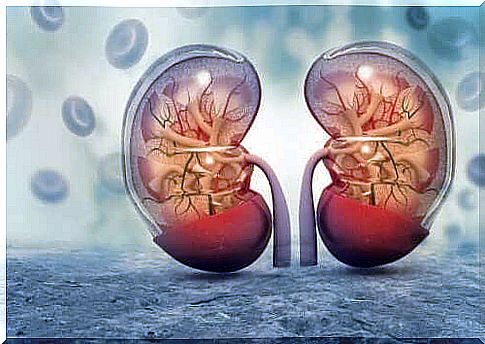
Amlodipine is given orally in the form of tablets that can be divided if a low dosage is prescribed. For adults with high blood pressure or angina, the dose is usually 5 mg once a day. However, the amount can be increased up to a maximum of 10 mg per day.
In order to be able to properly monitor the development of blood pressure, the drug should always be taken at the same time. However, when taking amlodipine, there are some precautionary measures to be taken into account, which depend on certain basic requirements:
Amlodipine in patients with heart failure
Exercise caution in patients with heart failure. Calcium channel antagonists such as amlodipine can increase the risk of future cardiovascular problems in people with congestive heart failure , which could also be fatal.
Amlodipine in patients with hepatic insufficiency
In patients with hepatic insufficiency , the body takes longer to excrete the drug amlodipine. As a result, treatment should begin with very low doses.
The use of this drug in this case must be closely monitored, both at the beginning and later when the dosage is increased. Patients with severe hepatic insufficiency can only increase the dose very slowly under careful medical supervision.
Amlodipine in patients with renal insufficiency
In the case of renal insufficiency, amlodipine can be administered in the normal dose. However, the varying concentrations of amlodipine in the blood do not correlate with the degree of kidney disease.
What are the side effects of amlodipine?
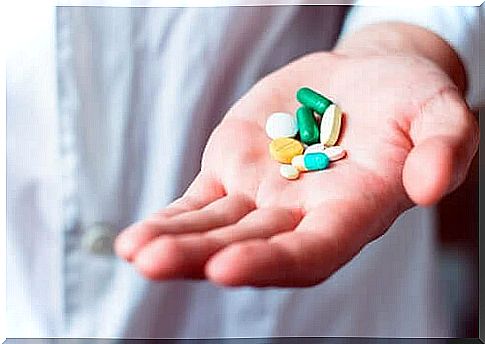
Different side effects caused by amlodipine are:
- Swollen hands, legs, ankles, or feet
- a headache
- Malaise and stomach pain
- Dizziness and nausea
- Drowsiness and extreme tiredness
Some of the side effects can have more serious health consequences. For this reason, patients receiving this medicine should see a doctor if they have a higher frequency or intensity of chest pain. A doctor’s visit is also absolutely necessary if there are arrhythmias, the heartbeats are very strong or the person becomes unconscious.
Conclusion
In addition to taking an antihypertensive medicine , changing certain lifestyle habits is essential to controlling blood pressure.
A diet low in fat and salt, a healthy weight, and at least half an hour of exercise every day are basic measures. It is also advisable to refrain from tobacco and limit the consumption of alcohol as much as possible.

